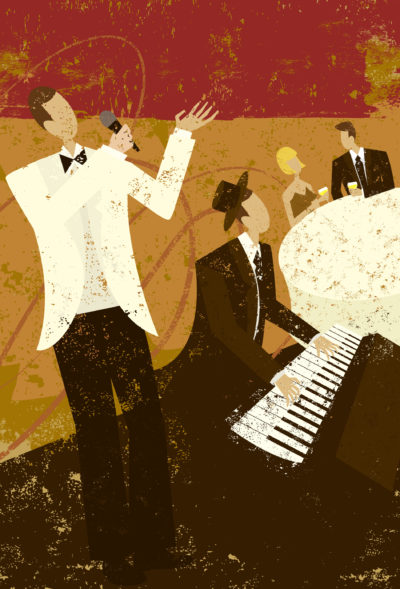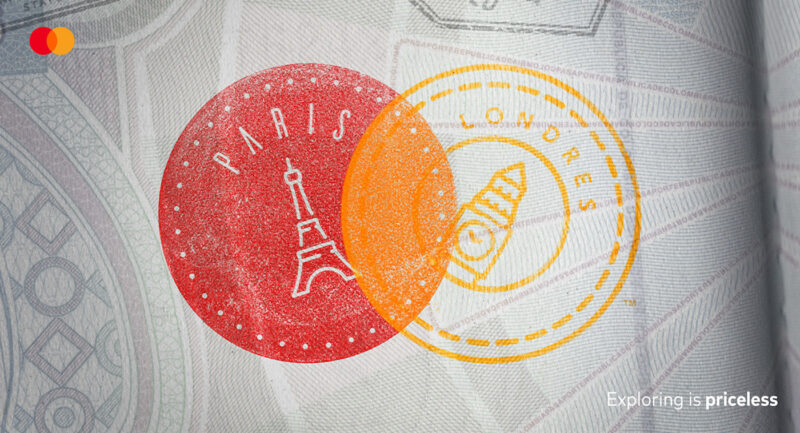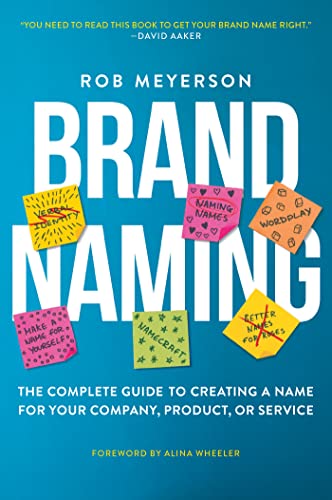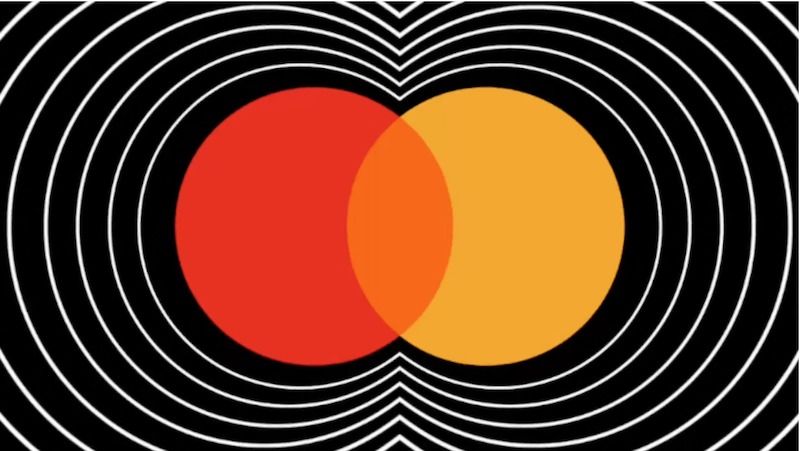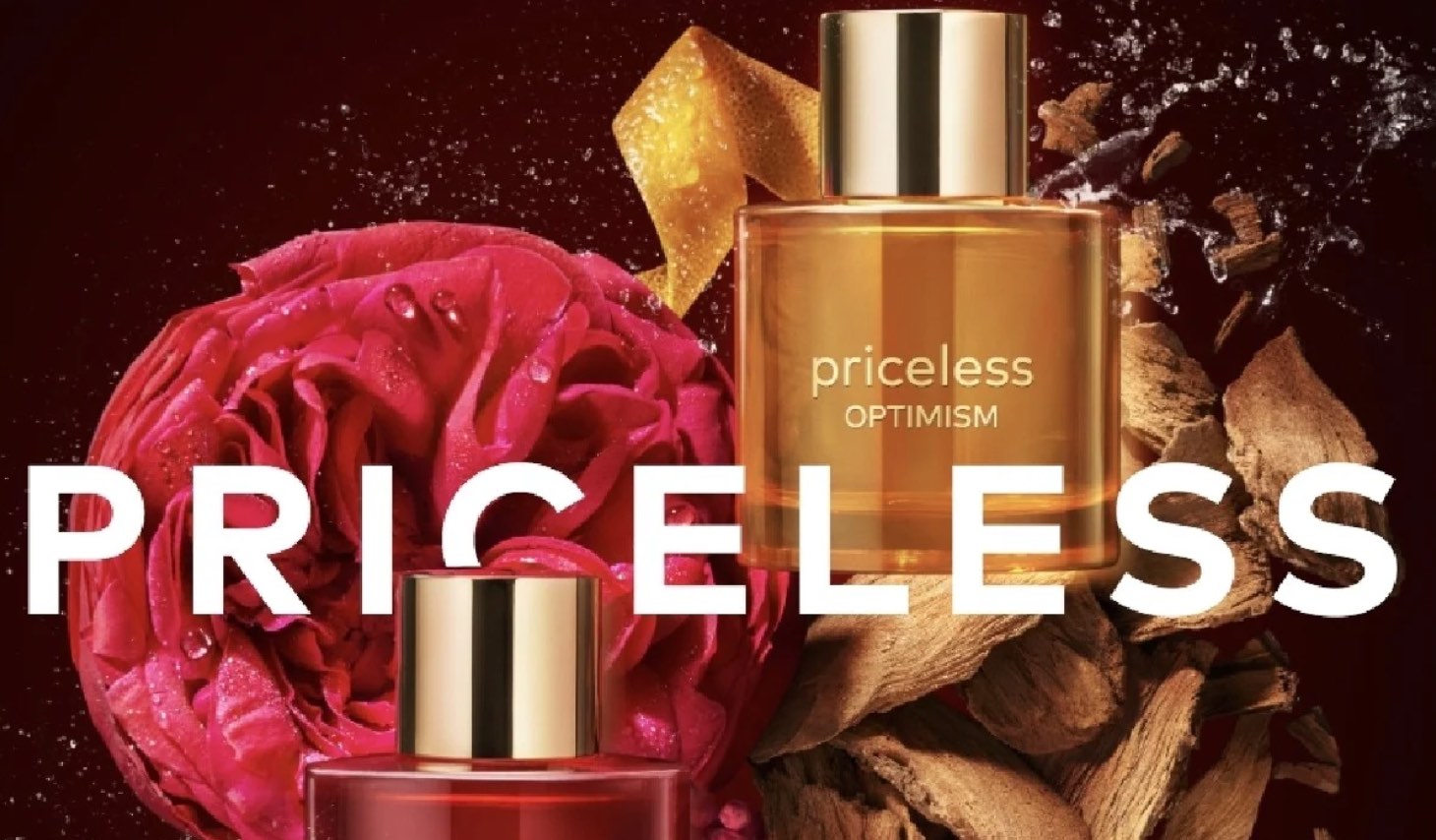“Music can move us to the heights or depths of emotion. It can persuade us to buy something or remind us of our first date. It can lift us out of depression when nothing else can. It can get us dancing to its beat. But the power of music goes much, much further. Indeed, music occupies more areas of our brain than language does – humans are a musical species.” (Oliver Sacks)
We all know the power of music to move both our bodies and our emotions. So how can you use music to create more immersive brand experiences giving you the commercial edge over your rivals?
Music has the ability to trigger very powerful emotions and it always conveys meaning, which is the soul food of successful brands. More importantly, music in commercial applications has tangible impacts on the bottom line.
If you are not already using music to create a more immersive retail experience, there are at least six reasons to start! The right music can help you:
1) Triggering the right emotion
The relationship between music and mood is primarily influenced by pleasure and arousal; whether an emotion is positive or negative and the level of intensity that’s experienced. Different styles of music therefore produce different emotional outcomes.
Excitement comes from music that is fast, with an uneven rhythm, dissonant harmony, loud volume and major tonality. Happiness is also triggered by fast music, but with a high pitch, flowing rhythm and constant harmony. Other combinations of musical elements can create feelings of tranquility, sadness, seriousness and a range of different emotional outcomes.
When creating a soundscape for your retail environment there’s one important question to ask: What emotions do you want to awaken in your costumers?
2) Creating the right mood
Starbucks are famous for their association with music and at one time ran a very successful music business as well as coffee chain, but their interest in music started purely as a way of creating the right ambience in their stores. In a very different way, Abercrombie & Fitch famously recreated the ambience of a night club by tapping into the DJ culture with high energy musical soundscape to match the lighting and layout of their stores.
While A&F stores played music that was very much “in your face”, even soft background music has a strong influence on buyer behaviour, especially through the different associations that it brings to the customer’s mind.Classical music has been shown to influence buyers in a wine store. In comparison with pop music, the classical music didn’t lead to more purchases, but increased the average price of each bottle of wine purchased. In another study, playing French music led to a huge increase in sales of French wine whereas German music increased sales of German wine.
3) Finding the right tempo
Music has a strong effect on attention and different tempos of music are associated with different in-store behaviours. Many studies have shown that music with a slower tempo causes customers to walk more slowly through a store and spend more money. In contrast, high arousal music (loud and high tempos) increases “bites per minute” in a restaurant and faster drinking rates in bars. This is believed to be because of the influence music have on the perception of time.
In one well-known study, the use of slower tempo music in a restaurant resulted in diners staying almost 14 minutes longer and spending significantly more money
4) Identifying with the right values
Customer experience can also be used to express the values of a brand. Classical music is often associated with luxury and prestige, while jazz music is associated with a very different lifestyle and set of values.
If you are an “innocent” brand you might use white colours and clean open layouts to convey a sense of your values. These can be reinforced with the right choice of music to build associations with the innocence of your brand. The music could be playful and childlike in style or perhaps pure and clean.
Le Meridien hotel chain play a soundtrack that blends musicians and sounds from around the world to create an ambience of creative exploration that matches their positioning and other design elements.
5) Positioning your brand
In 2011, Sephora decided to update their retail strategy to revitalize their in-store experience. Among other changes, they decided to make changes to their music program, stating that “[music] has the power to convey our brand’s DNA and engage a client at the same time”. Sephora had (and have) a strong musical point of view, investing time and money in choosing the right songs to reflect their brand essense.
At the time, Sephora were in the middle of changing their tagline from “The Beauty Authority” to “Transforming Beauty”, and wanted an updated soundtrack that reflected this change of positioning. The soundtrack that was created expanded on previous ones, with more songs and a collection of classic and new acts to create a mixture of comfort along with excitement with an imaginative mix of styles.
6) Building social currency
Coca-Cola is more strongly associated with music than most brands. They have used music from their earliest days, including jingles and slogans and also popular artists to represent their values. They were also strongly associated with Ray Charles for a long time and famously used the power of music to make a strong statement with “I’d like to teach the world to sing” in 1971.
More recently, Coca-Cola’s choice of K’naan and his song “Wavin’ Flag” as a promotional anthem during the 2010 football world cup built a strong association with the joy and belonging that sports can bring to communities across the world. The success of the song brought huge social currency for the brand, particularly in the host continent of Africa, demonstrating the social power of music.
Watching your favourite movie without the soundtrack feels completely different, lacking the emotional engagement that comes with the synchronization between the images on screen and the musical mood. Similarly, a musical soundscape can completely change a retail experience.
Go make some music
Not only does it have the power to increase sales and affect your customers’ buying behaviour, but it can also be used to help you create powerful emotional connections with your customers. If you haven’t done already, follow these success stories and incorporate music into your branding strategy.
REFERENCES
Brand esSense by Neil Gains
The Social Psychology of Music by David Hargeaves & Adrian North
Musicophilia by Oliver Sacks
Sound Business: How to use sound to grow profits and brand value by Julian Treasure


